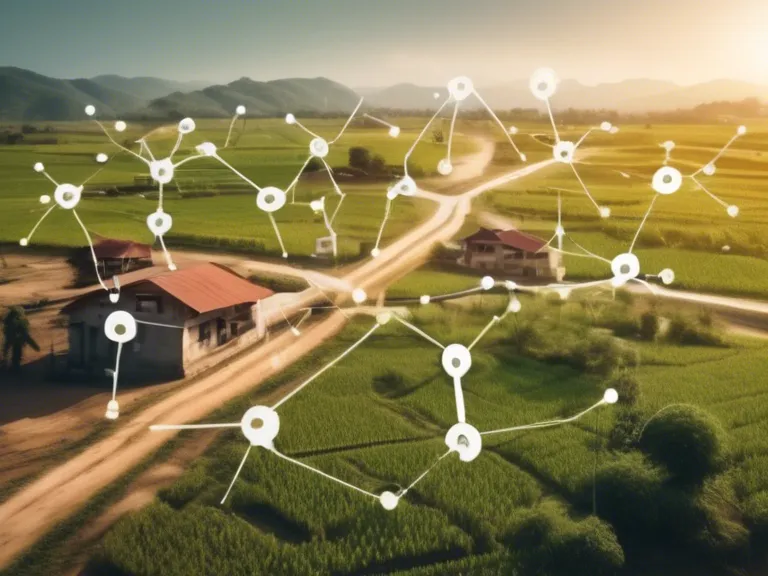
In today's digital age, access to the internet is more crucial than ever. However, rural areas around the world often face challenges when it comes to internet connectivity. This is where Artificial Intelligence (AI) can play a significant role in expanding internet access in rural areas.
AI can help bridge the digital divide by enabling innovative solutions to reach underserved rural communities. One way AI can improve internet access is through predictive analytics. By analyzing data on internet usage patterns and infrastructure, AI can help identify areas with the greatest need for improved connectivity. This information can then be used to allocate resources effectively and prioritize infrastructure development projects in rural areas.
Moreover, AI-powered technologies such as mesh networks and drones can help extend internet coverage to remote areas where traditional infrastructure is difficult to deploy. Mesh networks use AI algorithms to optimize data routing, allowing for more efficient communication between devices in rural areas. Drones equipped with AI technology can also be used to install and maintain internet infrastructure in hard-to-reach locations, saving time and resources.
In addition to hardware solutions, AI can also enhance internet services in rural areas. AI algorithms can optimize network performance, improve data transmission speeds, and enhance cybersecurity measures to ensure that rural communities have access to reliable and secure internet connections.
Overall, AI has the potential to revolutionize rural internet access expansion by enabling innovative solutions to reach underserved communities. By harnessing the power of AI, we can bridge the digital divide and ensure that all individuals, regardless of their geographic location, have access to the life-changing benefits of the internet.



